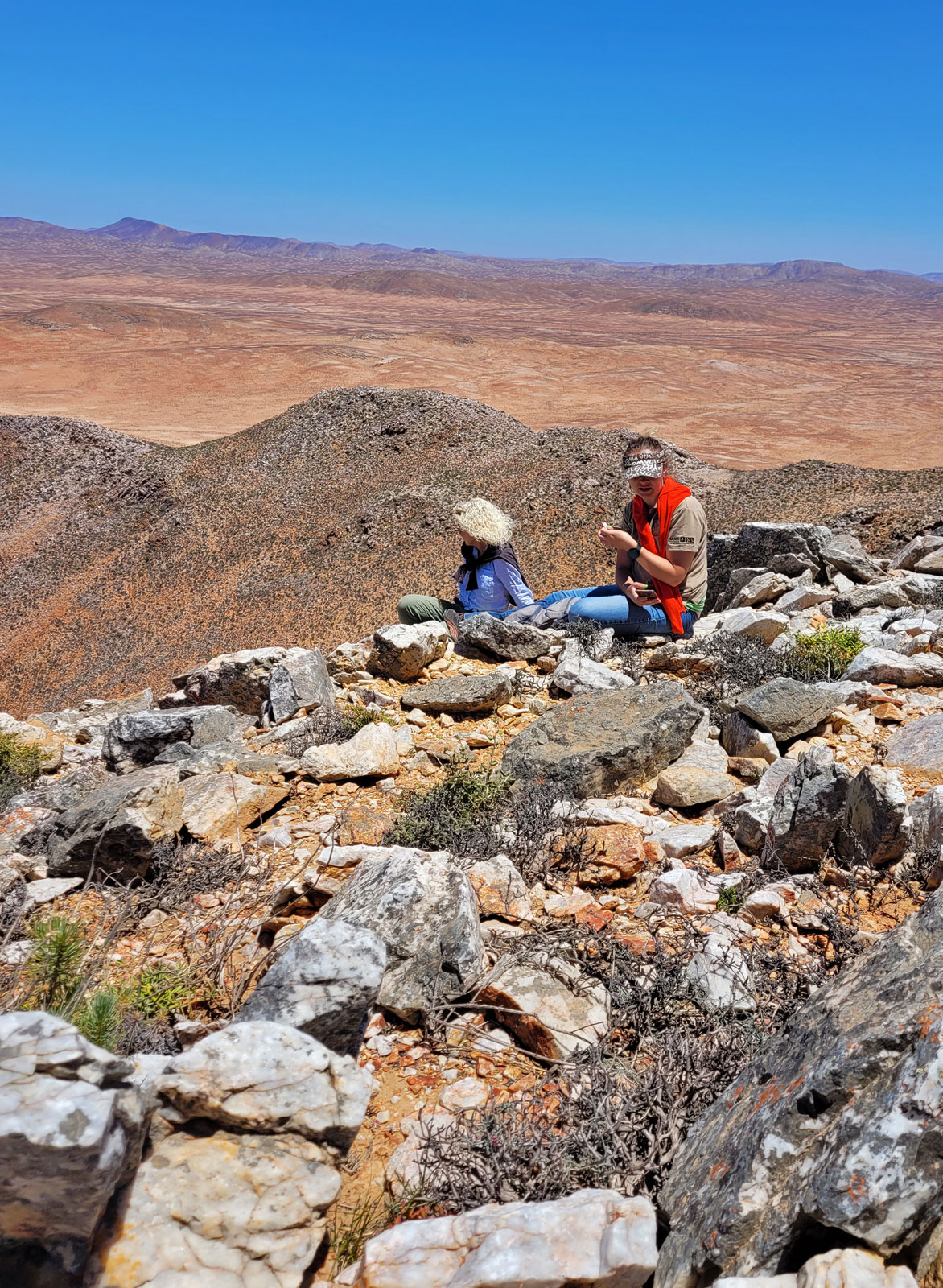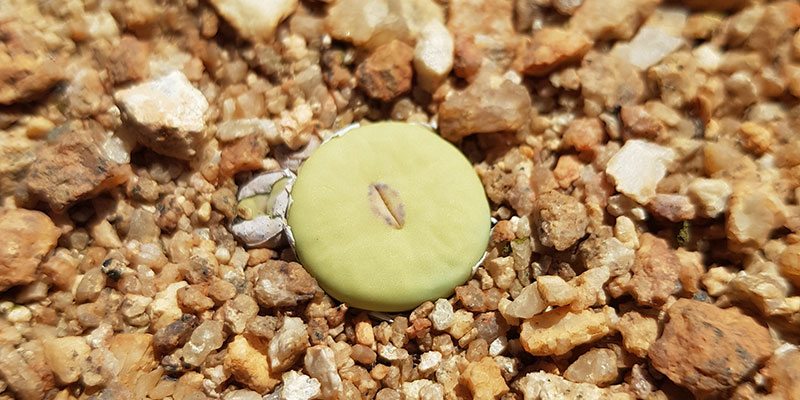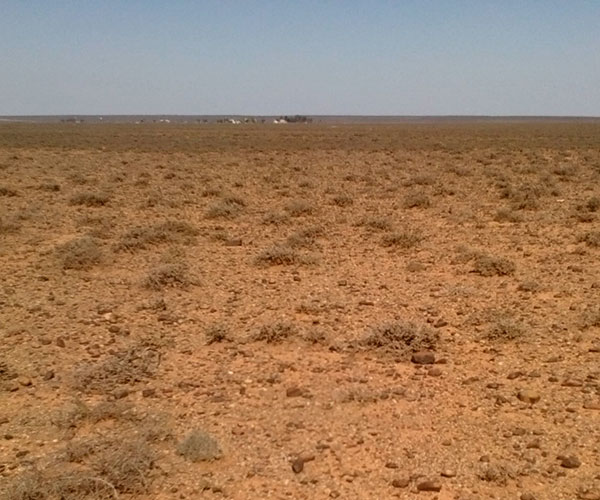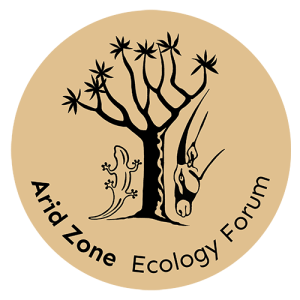For nature and livelihoods
Area and Threats
What is the arid zone?
More than half of southern Africa is either in the arid or semi-arid zone. In our context, this would roughly refer to regions that experience a mean annual rainfall of 500 mm or less. It includes four different biomes – each containing incredible biodiversity.

Succulent Karoo
The Succulent Karoo is home to the richest succulent flora on Earth. It’s roughly 111 000 km² in size, and includes the Little Karoo, the Namaqualand, Hantam, Tanqua, the Richtersveld, all the way up into Namibia to Luderitz. It’s extremely dry in these areas, with an annual rainfall of between 100-200 mm recorded here.
Here you’ll find an abundance of plant life, with 6 350 species of vascular plants located here, of which 40% are endemic. It’s also rich in animal life, with 75 mammal species, 90 reptile species and 225 bird species. Two mammal species in particular are important in this biome: the Namaqua Dune Mole Rat and the De Winton’s Golden Mole, both of which are endemic.
Nama Karoo
The Nama Karoo is South Africa’s third-largest biome, covering around 135 000 km², including much of the Northern Cape, and northern sections in the Western and Eastern Cape. It’s home to more than 2 000 plant species – including dwarf shrubs, grasses, shrubs, geophytes and herbs. It’s important not only for its plant and animal species (which includes the Critically Endangered Riverine Rabbit and the Vulnerable Mountain Zebra), but also for its historical value. Indigenous people such as the |Xam relied on the herds of game that used to roam here, as well as on the medicinal plants.
Savanna
South Africa’s Savanna Biome may be the largest biome in southern Africa, but the climate varies hugely across the region. The arid shrublands and bushveld regions of this biome form part of arid and semi-arid regions, and are made up largely of trees (although not closed-canopy forests).
Grassland
A small section of the Grassland Biome is included in the arid and semi-arid zone in southern Africa. This biome is rich in plant species, including orchids and bulbs. The dry grasslands, in particular, are of interest to the AZEF community.

Threats to our arid and semi-arid regions
The arid zone faces many threats, and as the AZEF community, we look to research these and provide solutions where we can.
In recent years, our AZEF conference included a focus on the illegal trade in flora and fauna in the arid zone.
The illegal trade in succulents has reached critical levels in our arid zone, with massive escalations in incidents since March 2019.
wild harvested plants seized
By May 2023 there have been 650 different species and more than 900 000 wild harvested plants seized.. Most of the plants are destined for the international horticultural trade, with plant collectors globally willing to pay for them.
This trade has already led to the extinction or near extinction of a number of plant species in the wild, with many species now considered Critically Endangered.
But it’s not just plants that are being poached here. A number of animal species are also in demand in the pet trade, such as the Armadillo Girdled Lizard and the Temminck’s Ground Pangolin.
AZEF partners are working to understand these threats and address them via various tools – which are discussed at our AZEF conference.


The AZEF community has also been involved in the development of the National Response Strategy and Action Plan to Address the Illegal Trade in South African Succulent Flora. This can be viewed on the Department’s website.
A changing climate
Scientists still have many questions regarding how a changing climate will impact on animals and plants in the arid and semi-arid regions. But already changes are being seen, with mass die-offs of succulents, perennial shrubs and trees observed in recent years, in response to extreme drought. A changing climate might result in higher temperatures, changes in rainfall patterns which could impact on ecosystem functioning. This could lead to changes in the landscape, especially in the Nama Karoo, over time.
Farming practices and drought
A degrading landscape

Much of the arid and semi-arid zone is important for agriculture. Meat and wool-based small-stock farming are prioritised in these regions. But poor farming practices like overgrazing, coupled with prolonged droughts have led to land degradation, including erosion, changes to species composition and loss of species.
When rangelands are not managed sustainably it not only contributes to biodiversity loss, but also decreases the productivity for farmers and increases their vulnerability to climate change.

arid region
Mining and other developments
Much of the arid region, including the northern parts of the Succulent Karoo, are rich in minerals. As a result, new mining and prospecting applications are constantly being submitted by mining companies. Riparian areas, among others, have been transformed as new opencast and alluvial mining ventures are given the go ahead by authorities. The impact of this on the environment is devastating, not least as so few mining companies ever appropriately rehabilitate the area once the mine has closed.
Renewable energy and large infrastructure projects also pose a threat to some of the arid zone. A transition away from coal is necessary for South Africa’s energy and sustainability needs. However, there is still a need to ensure that renewable energy developments are optimally placed to limit impacts on our fragile arid ecosystems.
We need to understand these threats better.
And we do that by sharing our research and our work to protect the region with each other.
Join our AZEF annual conference, to become part of the solution to these threats.
Join our AZEF community
As a member of the AZEF community, you have access to partners such as yourself, working to protect the arid and semi-arid zone of southern Africa.
Get to know other partners working in the arid zone, and how they can help you. MORE
Share or learn more about study and work opportunities in the arid zone. MORE
Join our annual conference to connect with stakeholders in the arid zone. MORE
Join our emailer to stay in touch with the latest opportunities in the arid zone. MORE
Created with care by LoveGreen. Privacy Policy | Terms Website Use






